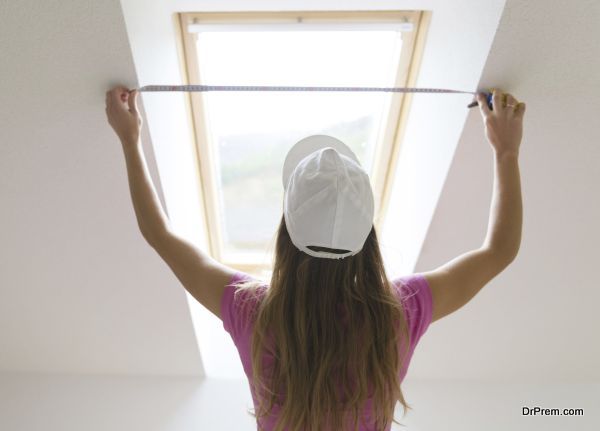A lot of homeowners are opting for passive solar heating these days in order to reduce their home’s energy related costs to a great extent. Passive solar heating can be considered as the easiest and least expensive way to heat up an indoor space.
A passive solar design ensures an optimal thermal performance for a home by allowing the winter sun to enter while keeping out the summer sun, and by retaining heat in winter while allowing it to escape in summer.
The Working Principle of Passive Solar Heating
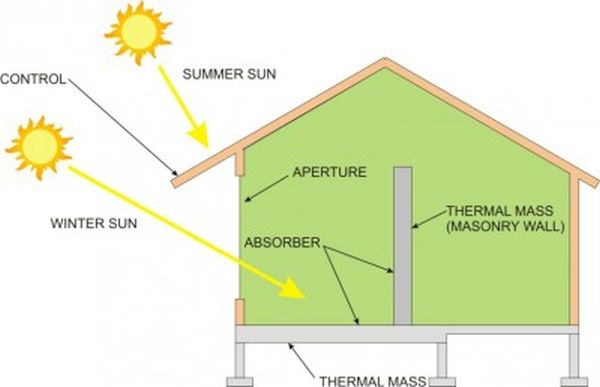
Passive solar heating works on the basic principle of trapping the sun’s heat and retaining in indoors with the help of high thermal masses. The solar radiation from the sun is absorbed via north facing windows. The heat thus absorbed is then transmitted to materials inside the house that have high thermal mass. This heat is then released during the night to offset heat losses that occur due to lower outdoor temperatures.
The efficiency of a passive solar heating unit will depend to an extent on passive shading as well. Proper passive shading will allow for maximum absorption of the sun’s heat during winter while preventing the indoor air from overheating in summer. Passive shading is achieved with a careful combination of northern facing windows, eaves overhangs and window treatments.
While direct re-radiation of heat is most effective for a house, the re-radiation of heat via proper air flow and convection would allow a passive home to reduce energy costs related to the same. Heat loss during winter would be minimized with the help of wall insulations and window treatments.
Insulating the thermal mass would also be considered effective to retain heat during the winter. Airtight construction, air locks and draught sealing will further minimize heat loss in the indoor space. The use of more external wall area will improve cross ventilation during the summer months as well, thus keeping the indoor space cool.
4 Tips for Passive Solar Heating
Incorporating passive solar heating in your home is easy provided you know how to utilize it right. Accordingly, here are 4 tips that would come in handy when you decide to use passive solar heating for your home.
Thermal Mass
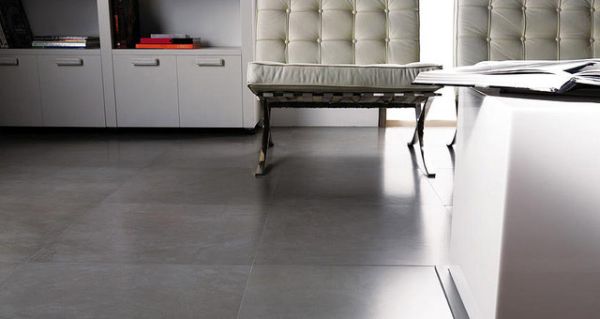
Tiled floors tend to remain hot during the day and for the most part of the night thanks mainly to their ability to retain heat. At night, the heat stored in these tiles rises up, thus heating up the indoor space. Hence, choose floors made of tiles, concrete or mud brick to remain warm at night.
Large Windows
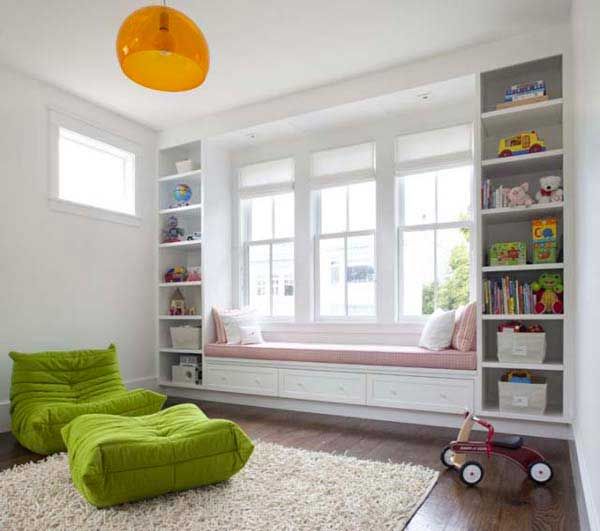
The placement of large sized windows on the south side of the house can improve cross ventilation from north to south, thus keeping the indoor air cool in summer. South facing windows can also allow for ample light to enter the home during winter, thus heating up the indoor space to an extent.
Skylights
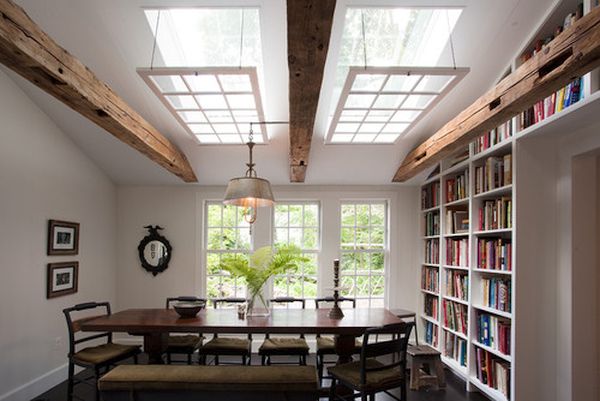
Allowing natural light to enter the home from strategic locations on the roof can help light up dark areas inside your home, thus reducing the need for additional light sources or fixtures. Large skylights also help trap the sun’s heat during the day and pass them on to the walls to keep the nights warm.
Fixing Air Leaks
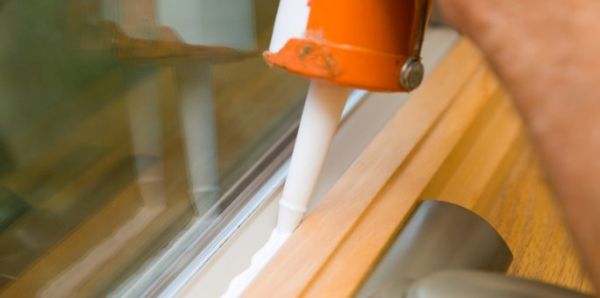
Air leaks can be considered as the single most important reason for heat loss in homes. The standard misconception is that only old homes have leaks and drafty areas. However, even new homes will have their share of leaks and drafts that can lead to heat loss. Closing these leaks and drafts with caulk, weather stripping or spray foam can thus allow the home to retain heat better during winter.
Passive solar heating has increasingly become a very popular way to use reuse the sun’s heat inside the home. When applied properly, it can help reduce energy related costs by as much as 40%.


